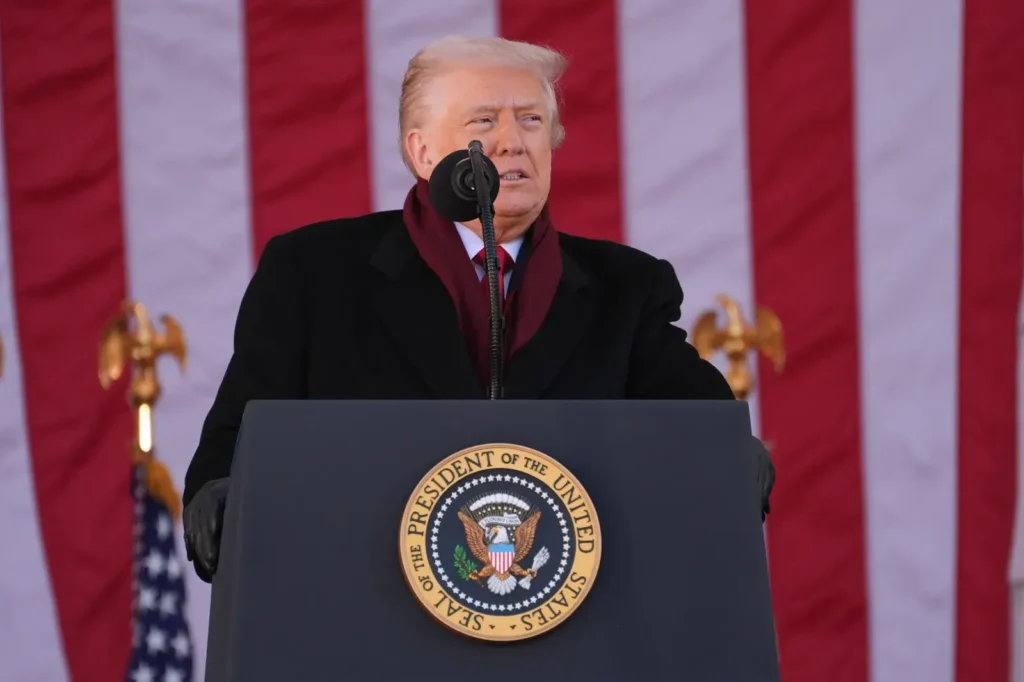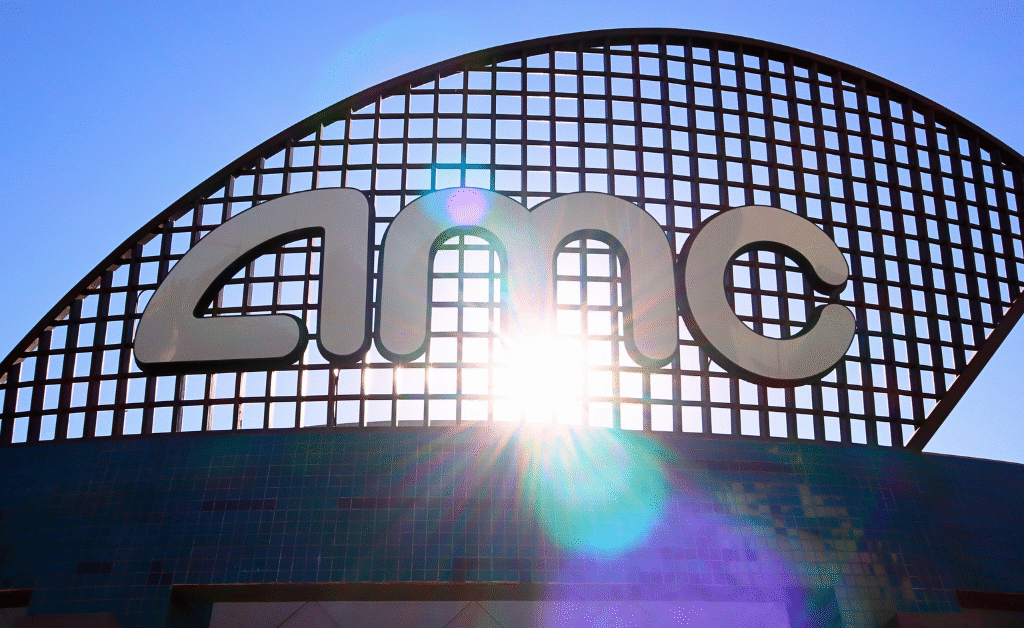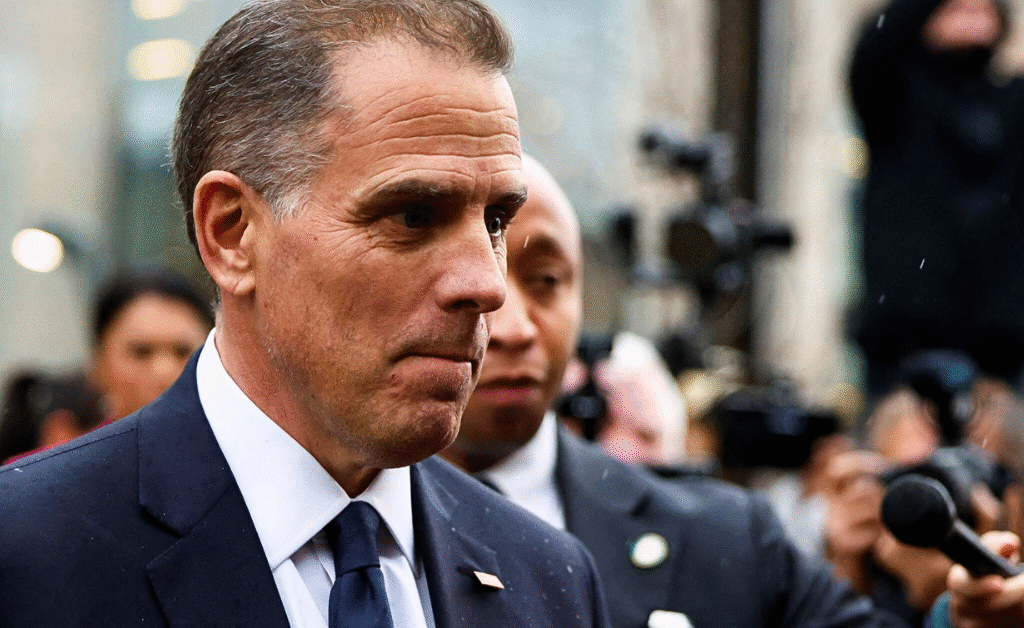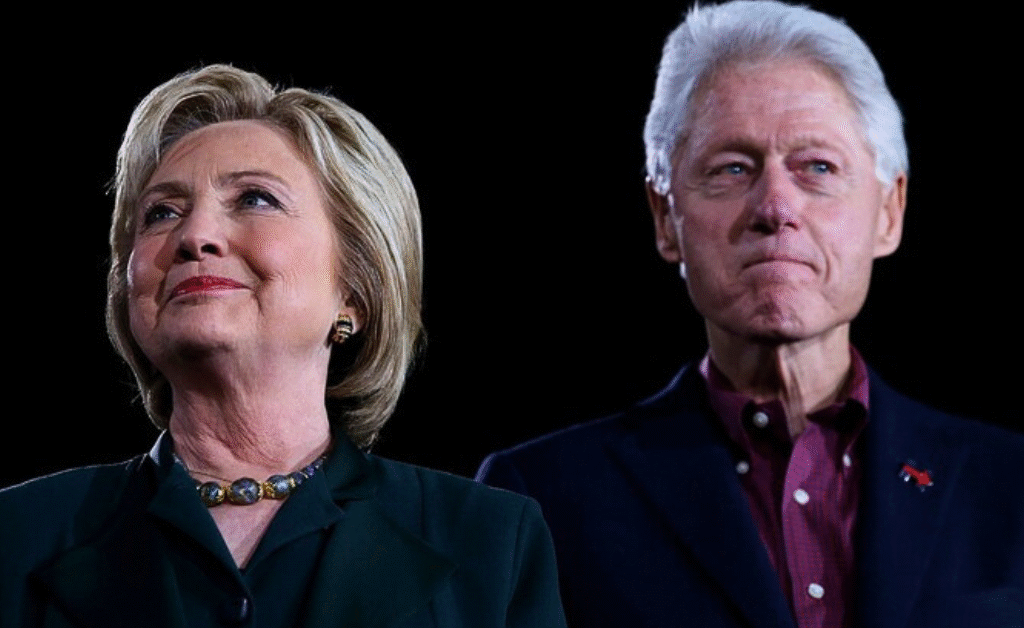- Trump’s approval has plunged during the prolonged shutdown, with consecutive negative net ratings and polls showing widened disapproval that may persist.
- Persistent unpopularity could curb his political leverage, complicate GOP prospects in 2026 midterms, and deepen voter fatigue despite possible short-term fixes.
In the shadow of the longest government shutdown in American history, President Donald Trump’s political fortunes are taking a bruising hit that could echo far beyond the Capitol’s marble halls.
Renowned pollster Nate Silver, whose predictions have shaped election nights for a generation, delivered a sobering assessment this week: the president’s surging unpopularity isn’t just a blip—it’s a potential harbinger of a second-term stagnation.
“The longest government shutdown in US history looks to be winding down,” Silver wrote in his latest blog post on FiveThirtyEight.
The FrankNez Media Daily Briefing newsletter provides all the news you need to start your day. Sign up here.
“But Donald Trump’s heightened unpopularity might be here to stay.”
Silver’s words land at a precarious moment.
Just two days after the Senate cleared a stopgap funding measure on Monday—aimed at keeping the lights on through January 30, 2026—the bill now awaits a House vote that could come as early as tomorrow.
Yet even as the crisis edges toward resolution, the damage to Trump’s image appears etched in stone, or at least in the latest batch of public opinion surveys.
With less than two years into his return to the Oval Office, the Republican leader is staring down a approval slump that rivals the darkest days of his first administration.
A Poll Plunge Unlike Any Other
The numbers paint a grim picture for the White House.
Trump has now endured a staggering 21 consecutive days without a single positive net approval rating in any major national poll—the longest dry spell of his second term.
This isn’t the fleeting dip of a scandal; it’s a sustained erosion fueled by the shutdown’s real-world chaos: furloughed federal workers missing paychecks, grounded air travel snarling holiday plans, and slashed food assistance leaving millions in limbo.
Take the fresh data from RMG Research, a firm not known for harsh verdicts on the president.
Their survey, fielded from October 29 to November 6 for Napolitan News Service, clocked in at 46 percent approval and 51 percent disapproval—a net -5 that marks a slide from the prior week’s near-even split of 48-49.
Morning Consult’s latest tracker is even bleaker, logging Trump’s worst second-term net at -10 (44 percent approve, 54 percent disapprove).
Newsweek’s own polling average dipped to -13 last week before inching back to -10 (43-53), while Silver’s proprietary model holds steady at -13 since early November—a far cry from the -9.3 it sat at when barricades went up on October 1.
Voters aren’t mincing words on the shutdown itself.
A YouGov/Economist poll released November 2 revealed 58 percent disapproval of Trump’s handling— a five-point jump since the standoff’s outset.
And the human cost? It’s visceral.
The U.S. Department of Agriculture’s emergency raid on a $4.65 billion fund kept the Supplemental Nutrition Assistance Program (SNAP) afloat, but at a brutal haircut: benefits for 42 million recipients slashed to about two-thirds of normal levels.
When two federal judges struck down the cuts as unlawful, Trump fired back on Truth Social: “Payments would resume ‘when the radical left Democrats open up government.'”
Democrats, seizing the moment, branded it “weaponizing hunger.”
Despite the court rulings, reports from The New York Times indicate the administration has maneuvered to stall full SNAP restoration, even as public sentiment hardens: 74 percent of Americans in the same YouGov poll insist food aid must flow uninterrupted during any lapse.

Expert Takes: Premature Doom or Inevitable Slide?
Not everyone buys Silver’s long-term gloom.
Thomas Gift, an associate professor of political science at University College London and director of the Centre on U.S. Politics, pushed back in an interview with Newsweek.
“With more than three years left in his term, it’s premature to conclude that Trump’s approval ratings are permanently mired in the doldrums,” Gift said.
He pointed instead to the broader electoral calendar: “What’s more likely to render him a lame duck is the same kind of Republican underperformance in the midterms as we saw in the off-year elections last week.”
Gift’s caution carries weight.
Recent off-year contests have exposed GOP vulnerabilities, and a fresh HarrisX poll underscores the shutdown’s partisan sting: 37 percent of voters say the impasse makes them more inclined to back Democrats in 2026, edging out the 36 percent tilting Republican.
Yet he warned Democrats against overreach.
“But even if Democrats do manage to wrest control of the House, they’ll need to tread carefully in wielding their oversight powers—too much zeal in investigations could risk bolstering Trump’s support, just as it did with impeachment in Trump’s first term.”
Silver, ever the data hawk, sees echoes of history but with a twist.
Trump’s first-term lows often rebounded on waves of economic optimism or cultural flashpoints.
This time, with inflation whispers and global tensions simmering, the rebound may prove elusive.
“Persistent unpopularity could limit his political leverage in Congress,” Silver elaborated in his post, “complicate Republican efforts ahead of the 2026 midterms, and deepen voter fatigue.”
Lingering Hurdles and Broader Fallout
The Senate’s Monday vote was a breakthrough of sorts—a clean continuing resolution sans the border wall funding that ignited the firestorm.
But thorns remain: a divisive push to extend Affordable Care Act tax credits, set to lapse January 1, has cleaved party lines.
The bill folds in a future up-or-down vote on those credits, but conservatives grumble.
Adding fuel, an amendment greenlights senators to sue the feds over phone record searches linked to the January 6 probe—a nod to lingering MAGA grievances.
If the House greenlights it Wednesday, the shutdown’s formal end could come swiftly.
But the scars? They’re already scarring midterm maps and Trump’s agenda.
Economic jitters are mounting; consumer confidence indices have ticked down amid furlough fears, and small-business owners report delayed loans and contracts.
Internationally, allies eye the dysfunction warily, with European leaders privately questioning U.S. reliability on trade pacts.
For Trump, whose 2024 comeback rode a wave of outsider fury, this feels like déjà vu with higher stakes.
The man who once tweeted through crises now faces a public weary of them.
As Silver puts it, this unpopularity “could mark a turning point in Trump’s ability to set the national agenda or rally support around his policy priorities.”
Also Read: A DOJ Whistleblower Now Makes Revelation That Undermines the Judicial System’s Integrity











